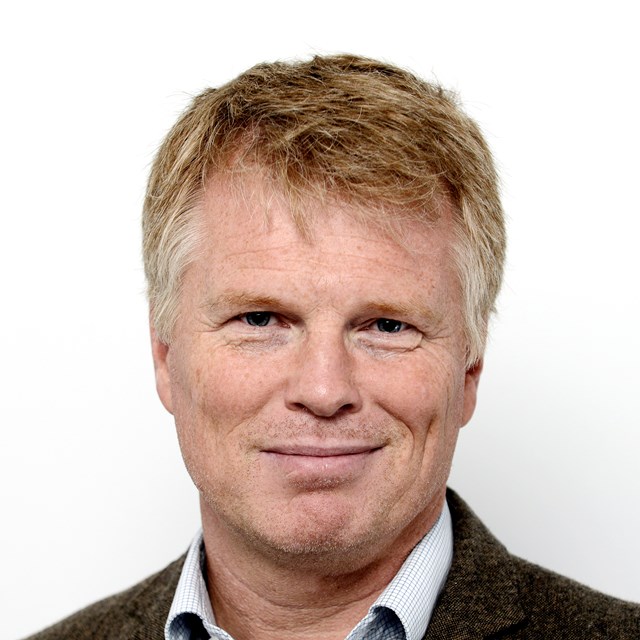
100 years of transformation in the Baltics
Scientists from the Baltic states and Norway have started building a database of information on the Baltic states including gross domestic product (GDP) figures that will cover the past 100 years.

An international group of scientists has completed the calculation of the historical Gross Domestic Product (GDP) of the Baltic States over the last 100 years.
Since May 2021, Vidzeme University of Applied Sciences with partners from the Norwegian School of Economics and the Universities of Tartu and Vilnius has worked together on the research project “Quantitative Data on Social and Economic Transformations in Three Baltic States Regions Over the Past Hundred Years for the Analysis of Historical Transformations and Overcoming Future Challenges” (BALTIC100)”
After three years of research, the results are in and on April 11th, 2024, data on the historical GDP of Latvia, Lithuania, and Estonia over a period of 100 years starting from 1920, will be made public for the first time. Comparative GDP calculations for various regions within the Baltic States have also been conducted.
These and many other data on the demographics and agriculture of the Baltic States have been compiled into an interactive database, which will be accessible to all interested parties starting from April 11th.
NHH's role has basically been to co-author five articles published in international research journals and advise Baltic researchers in the work with their calculations.
To calculate relevant time series during the Soviet period was the most challenging part, as one lacks meaningful price data, when volume data often are unreliable. However, due to coregous creativity and skills by the Baltic partners, one has been able to solve most of the relevant issues, according to Professor Ola Grytten, the leader of the Norwegian group participating in the project. Two seminars for the international research group have been held at NHH, one early in the project and one during the concluding work in March 2024.
Read more about the results from Scientific leader of the project Gatis Krūmiņš HERE
More information on the Baltic100 project can be found HERE